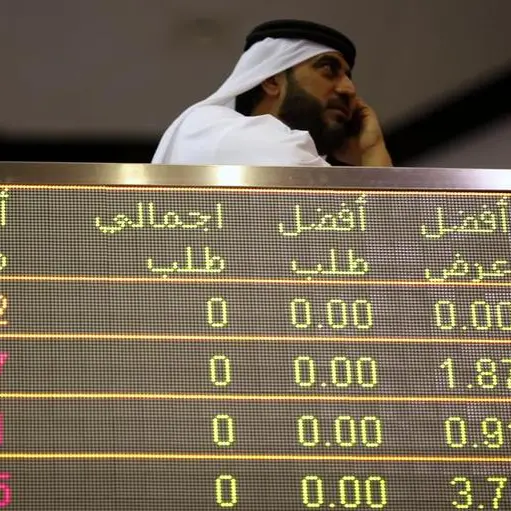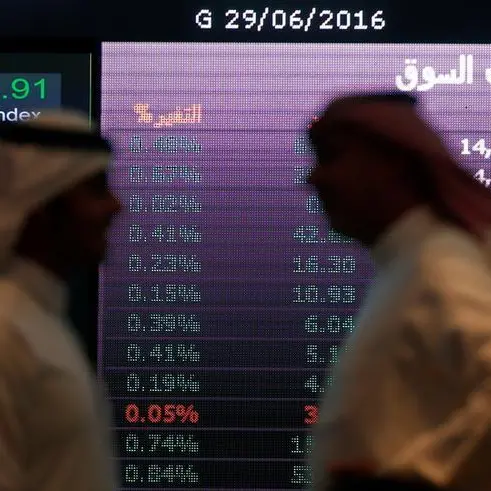Asian shares were under pressure on Thursday morning as disappointing economic data from Germany and South Korea revived concerns over slowing global growth. Although earnings have been generally positive so far, the sustainability of any rally fuelled by strong earnings should be questioned, given how geopolitical risks and lingering growth concerns continue to strain risk sentiment. The cautious mood from Asia is likely to roll over into Europe, and possibly Wall Street this afternoon, as investors adopt a guarded approach to riskier assets.
Elsewhere, the Bank of Japan (BoJ) - as widely expected - kept interest rates unchanged at -0.1 percent, while also stating that it will maintain these extremely low rates until the spring of 2020. The central bank also lowered its GDP and CPI forecasts for its 2019 fiscal year, while downgrading its view on business sentiment.
However, markets believe the BoJ can’t tighten policy until Q4 2020, given that Japan’s inflation data remains well below the central bank’s 2 percent target. Policymakers are also bracing for the economic uncertainties posed by a consumption tax hike slated for October that threatens to crimp domestic consumption. At the same time, the world’s third-largest economy still has to contend with persistent external headwinds, such as slowing global growth and rising trade tensions between major economies.
This confluence of domestic and external factors is weighing on the Japanese yen, which is already Asia’s second-worst performer so far in 2019. Should headwinds grow stronger for the Japanese economy, perhaps forcing the BoJ to ease policy further before any tightening can be done, the yen may extend losses against the United States dollar over the course of the year.
A vulnerable yen, along with declines in the euro, have pushed the U.S. dollar index above the psychological 98 level for the first time since May 2017.
GDP data awaited
Investors now await the upcoming U.S. Q1 GDP announcement, with the U.S. economy standing in stark contrast to what Europe is currently experiencing - the latter’s outlook made more dire by the unexpected decline in confidence from Germany and France.
This divergence is providing support for the greenback, and it could get another leg up should the U.S. GDP reading exceed market expectations of 2.2 percent on Friday. However, appetite for the dollar is likely to take a hit if the GDP data fails to meet expectations.
The U.S dollar’s year-to-date climb has kept gold rooted near its lowest level in 2019, below the psychologically-important $1,280 level, as markets keep an eye on the $1,265 support line.
It’s proving increasingly difficult for gold bulls to prove their case under present market conditions, thanks to a broadly stronger dollar, equity markets hanging on to most of their year-to-date gains and cautious optimism over U.S.-China trade talks.
However, dark clouds still linger over the global economy, and data points that signal a turn for the worst for the worldwide context could spark a massive rebound for gold back towards the $1,300 level.
To read more market analysis from FXTM please visit: FXTM.
Disclaimer: This written/visual material is comprised of personal opinions and ideas. The content should not be construed as containing any type of investment advice and/or a solicitation for any transactions. It does not imply an obligation to purchase investment services, nor does it guarantee or predict future performance. FXTM, its affiliates, agents, directors, officers or employees do not guarantee the accuracy, validity, timeliness or completeness of any information or data made available and assume no liability for any loss arising from any investment based on the same.
Risk Warning: CFDs are complex instruments and come with a high risk of losing money rapidly due to leverage. You should consider whether you understand how CFDs work and whether you can afford to take the high risk of losing your money.
Any opinions expressed here are the author’s own.
Disclaimer: This article is provided for informational purposes only. The content does not provide tax, legal or investment advice or opinion regarding the suitability, value or profitability of any particular security, portfolio or investment strategy. Read our full disclaimer policy here.












